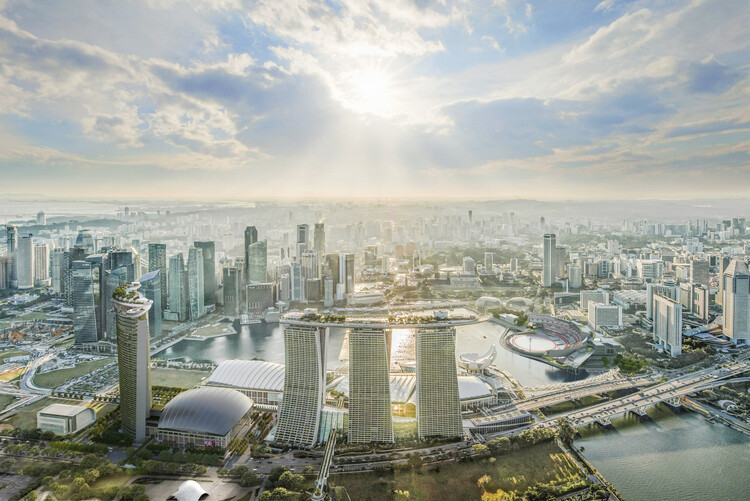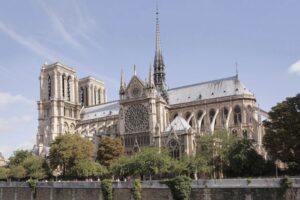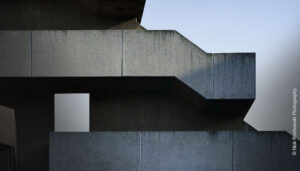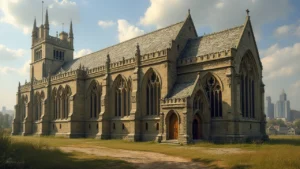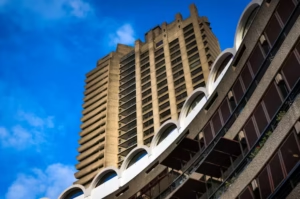Introduction: A New Era of Architectural Wonders in Singapore
Singapore, already a global leader in futuristic architecture, is poised to witness another groundbreaking transformation “The Marina Bay Sands expansion”. Designed by the iconic Safdie Architects, the minds behind the original architectural marvel, this new extension will not only redefine the city’s skyline but also set new global standards for sustainable and human-centered design.
This ambitious project goes beyond mere aesthetics — it is a forward-thinking initiative that embraces innovation, ecological responsibility, and urban luxury.
Safdie Architects: Visionaries of Urban Innovation
Founded by renowned architect Moshe Safdie, Safdie Architects have consistently pushed the boundaries of design. Known for their unique ability to blend culture, environment, and functionality, the firm has built a legacy of transformative urban landmarks across the globe.
Their work is marked by an emphasis on community engagement, sustainability, and visual harmony with nature — values that are powerfully evident in the Marina Bay Sands extension. This project reinforces Safdie’s commitment to architecture that not only inspires but also serves the people and the planet.
Marina Bay Sands Expansion: Scope and Vision
The original Marina Bay Sands, completed in 2010, was already an icon — featuring three hotel towers connected by the world-famous SkyPark. The new expansion seeks to enhance this architectural feat with:
- A new standalone hotel tower
- High-end retail spaces
- Cultural and exhibition venues
- Lush green public spaces
This expansion isn’t just about adding more square footage. It’s about creating fluid, immersive experiences that blend indoor and outdoor spaces seamlessly. From natural light optimization to panoramic views of the cityscape, every element is designed to enrich the visitor experience.

Credit: Safdie Architects
Contemporary Architectural Styles on Display
The Marina Bay Sands expansion serves as a living showcase of several cutting-edge architectural styles that define 21st-century design:
Parametric Design
Using advanced algorithms and computational models, Safdie Architects are crafting organic, flowing forms that respond to environmental conditions and user behavior.
Sustainable Architecture
Eco-consciousness is embedded in the design. Features include:
- Solar panels
- Rainwater harvesting systems
- Green roofs and walls
- Energy-efficient HVAC systems
Biophilic Design
Nature takes center stage with open-air terraces, vertical gardens, and native vegetation, creating a deep connection between people and the environment.
Mixed-Use Development
By merging hospitality, commerce, culture, and recreation into a single cohesive complex, the extension becomes a vibrant urban ecosystem rather than just a tourist attraction.
These modern approaches not only enhance the visual appeal but also support the wellness and engagement of users — a growing trend in global architecture.
Credit: Safdie Architects
Sustainability at the Core
Aligned with Singapore’s Green Plan 2030, the expansion places sustainability at the forefront. The building’s orientation maximizes natural light and cross-ventilation, significantly reducing energy consumption. Key eco-friendly elements include:
- Intelligent lighting systems
- Smart energy monitoring
- Local and drought-resistant plants for landscaping
- Recyclable and low-carbon materials
More than a green facade, these choices reflect a deeper commitment to climate-conscious urbanism. The integration of biodiversity and resource efficiency is expected to inspire similar developments across Asia and beyond.
Transformational Impact on Singapore’s Economy and Urban Identity
The Marina Bay Sands extension is not just an architectural project — it’s a strategic economic and cultural investment. Its anticipated benefits include:
- Increased international tourism
- Thousands of new jobs during and post-construction
- Boost in hospitality, retail, and cultural sectors
In terms of urban identity, the expansion reinforces Singapore’s position as a global capital of design innovation. It becomes a symbol of how cities can grow without compromising sustainability or heritage.
Credit: Safdie Architects
A Model for the Future of Cities
This project sets a new benchmark for urban development by demonstrating how luxury, ecology, and functionality can coexist. As cities around the world grapple with overpopulation, pollution, and climate change, the Marina Bay Sands expansion offers a replicable model — one that is adaptable, inclusive, and future-forward.
It illustrates how architects and planners can create resilient, people-first environments that also elevate a city’s global stature.
Credit: Safdie Architects
Conclusion: A Future Landmark for Generations
The Marina Bay Sands expansion by Safdie Architects is far more than a glamorous construction project. It’s a visionary step toward the future of urban living. Through cutting-edge design, sustainability, and cultural sensitivity, it presents a blueprint for the next generation of cities.
As this new icon rises, it will not only reshape Singapore’s skyline but also inspire architects, developers, and policymakers around the world to build cities that are beautiful, functional, and environmentally responsible.
Are you ready to witness the future of architecture unfold in Singapore? Stay tuned as Marina Bay Sands enters its most exciting chapter yet.
For more blogs like this CLICK HERE
References
Safdie Architects Breaks Ground on Singapore’s Marina Bay Sands Expansion Project | ArchDaily
MBS expansion to be completed by July 2029, including fourth tower – CNA

